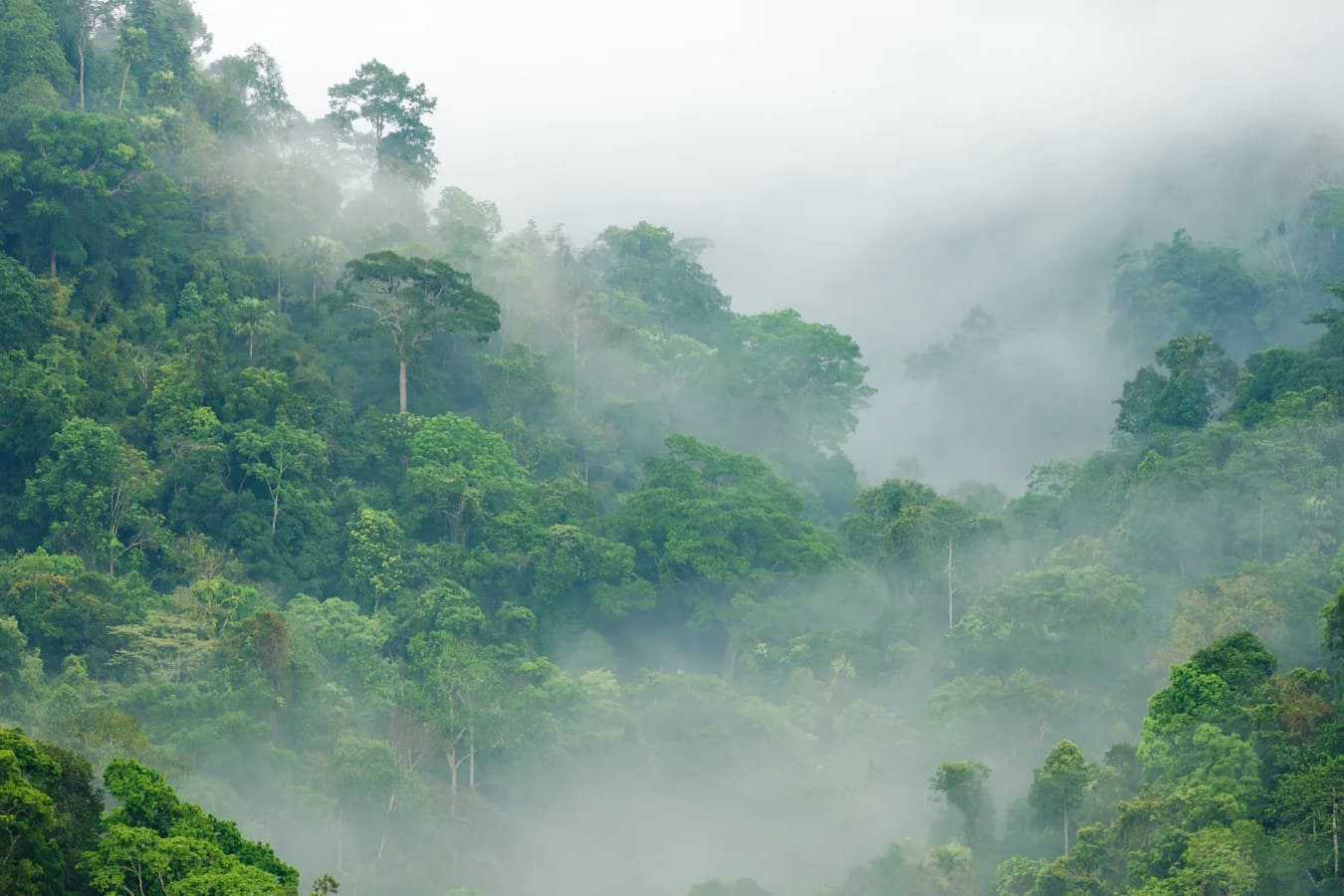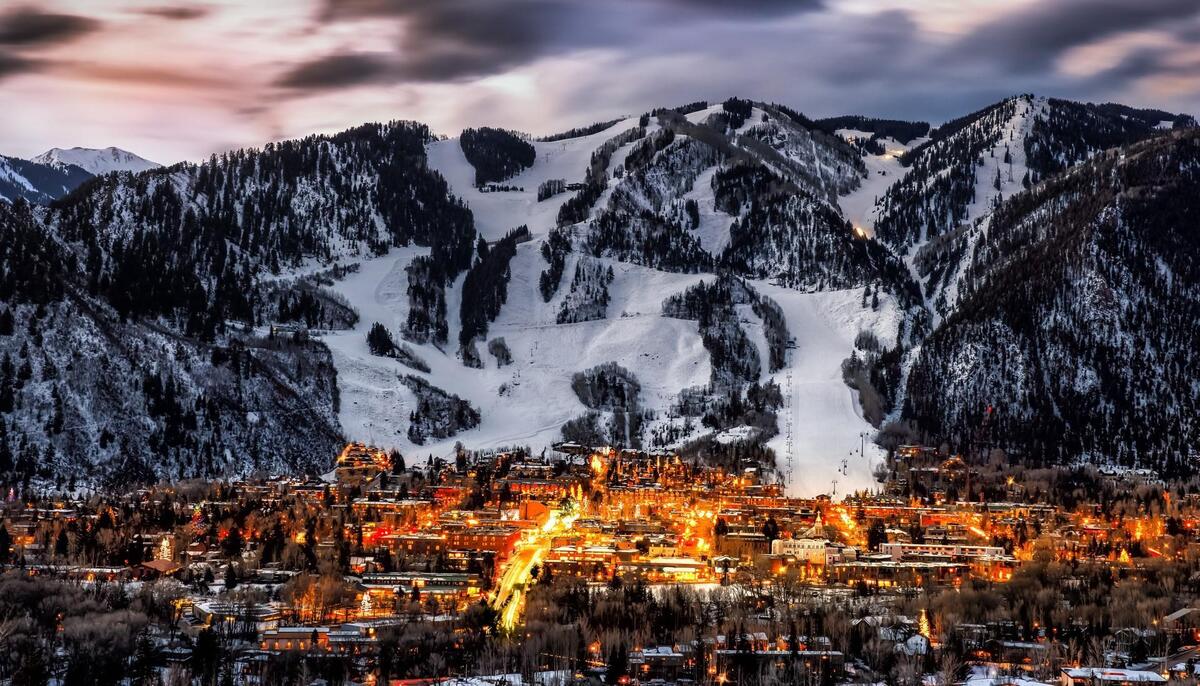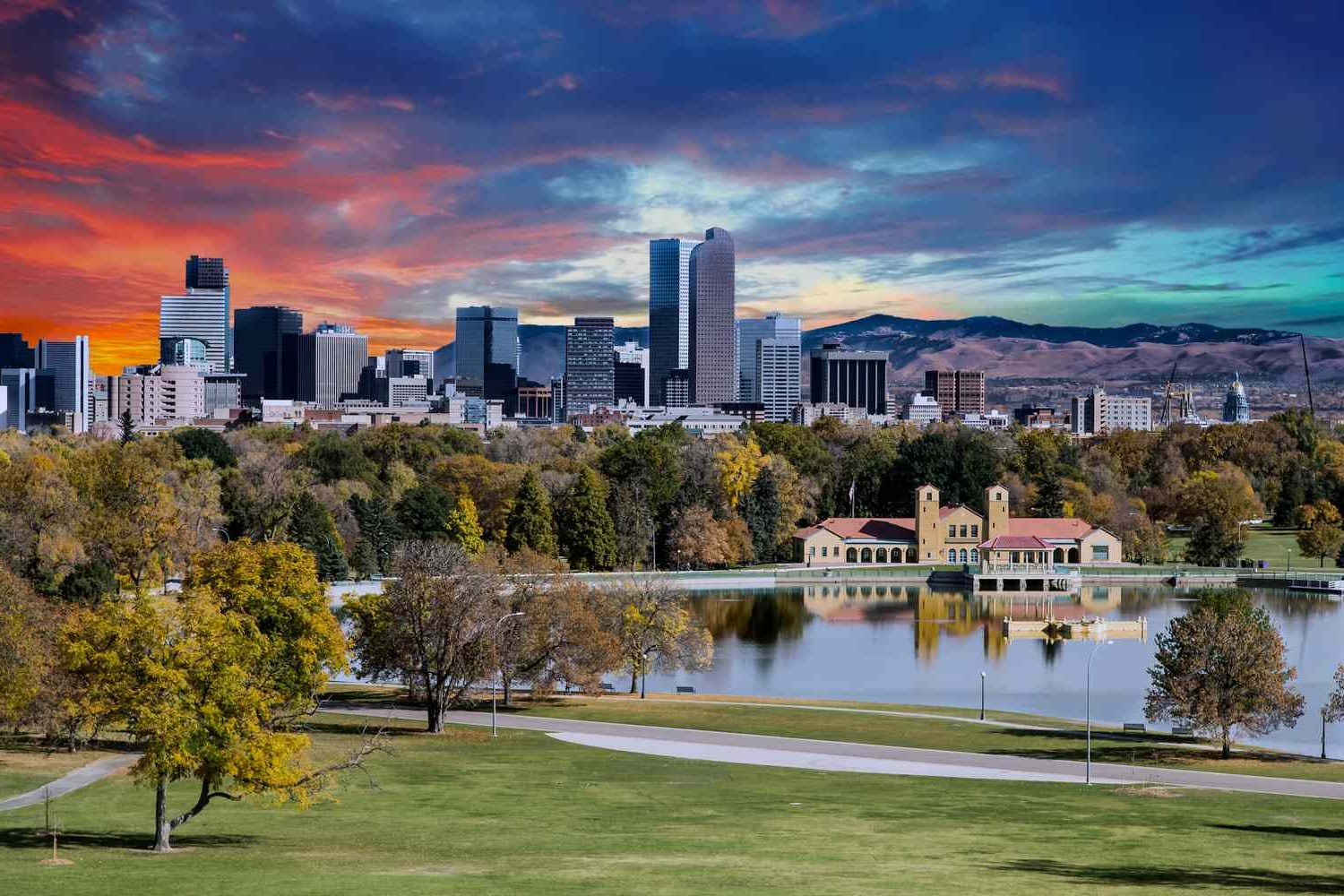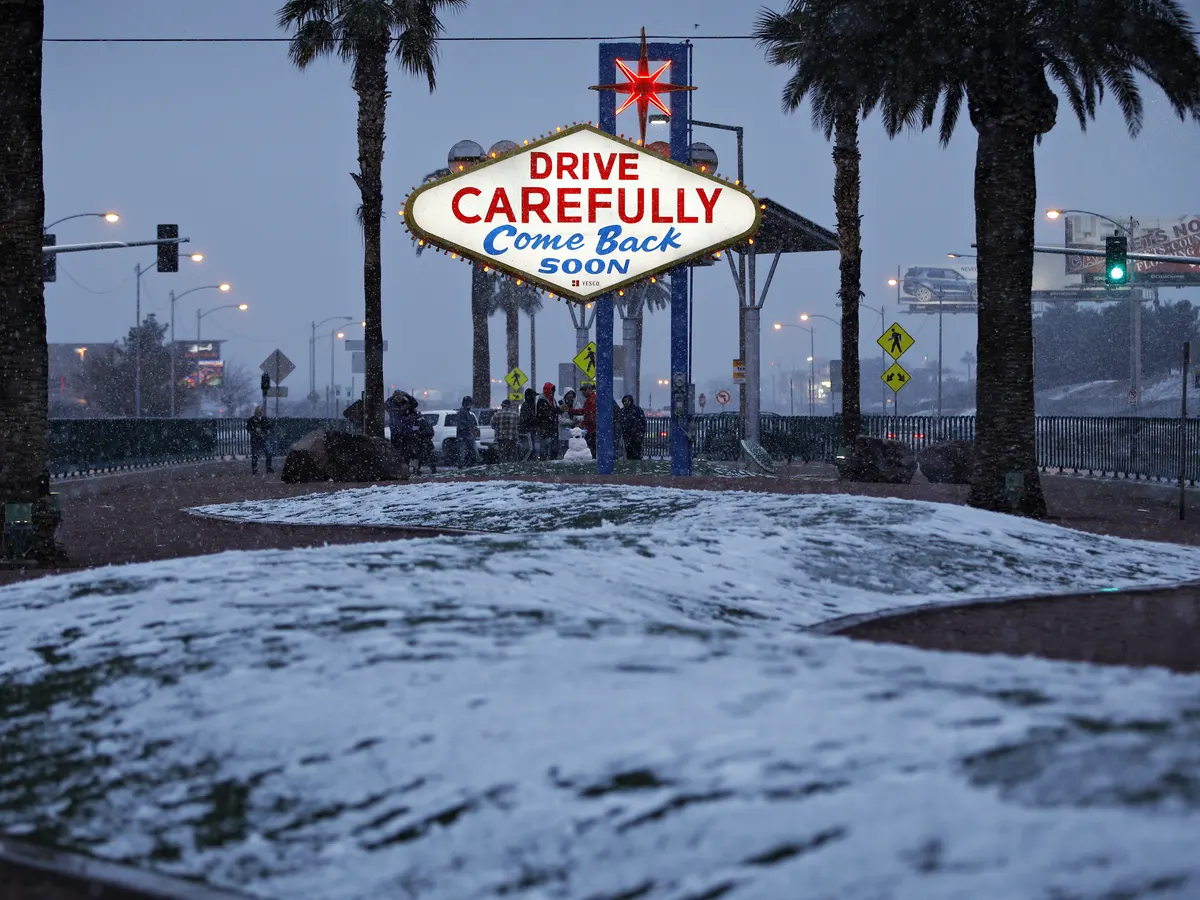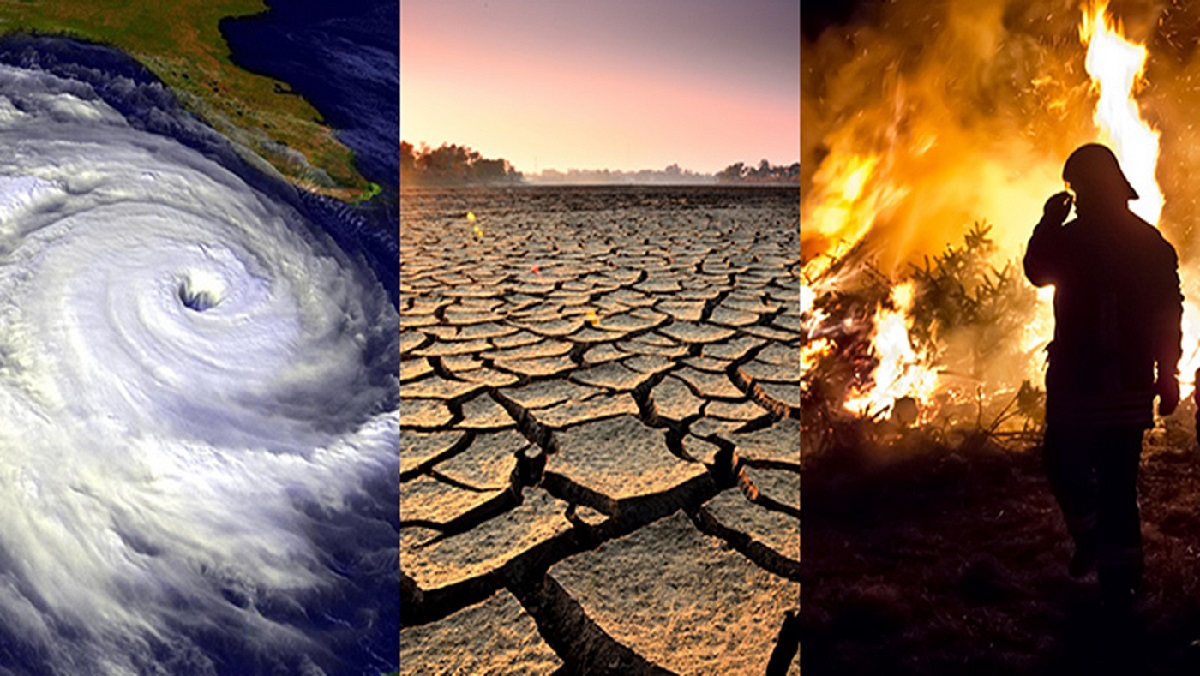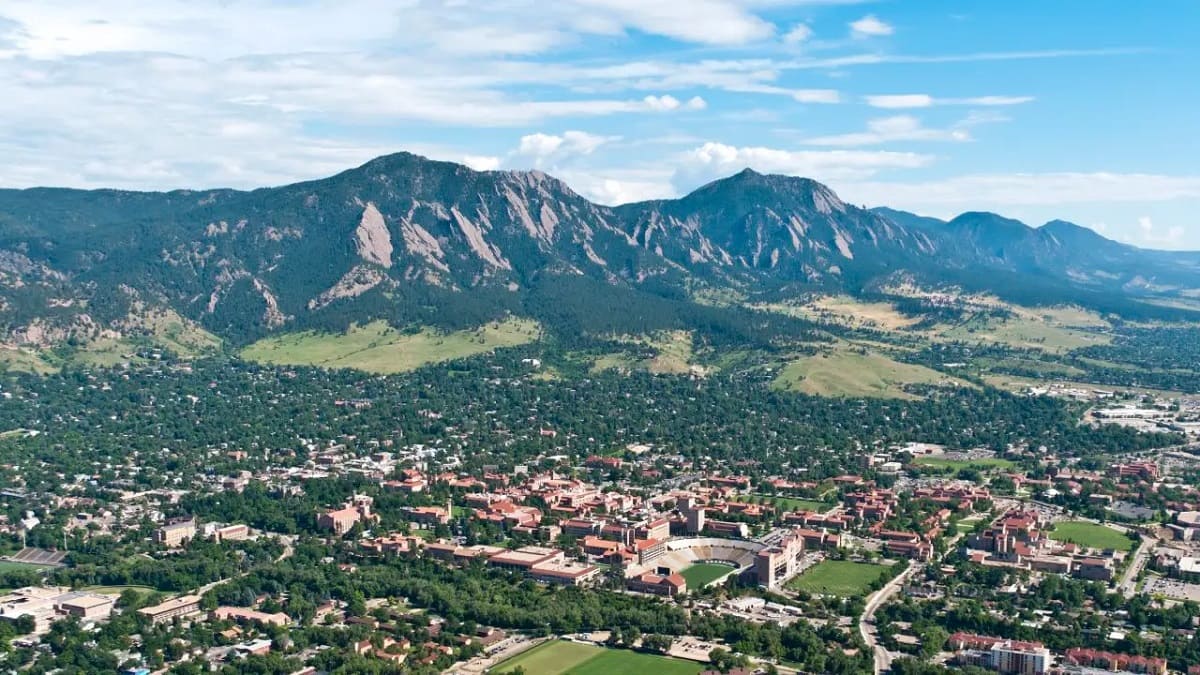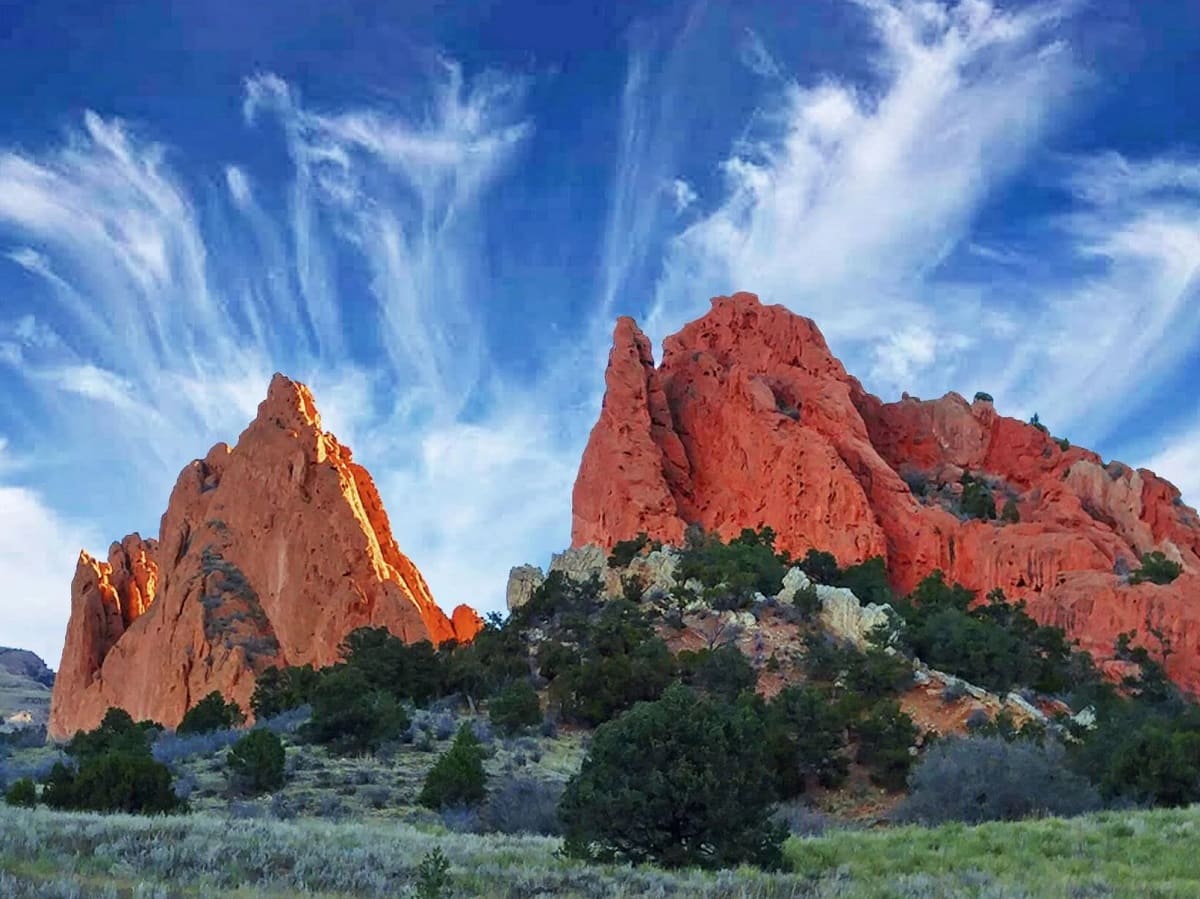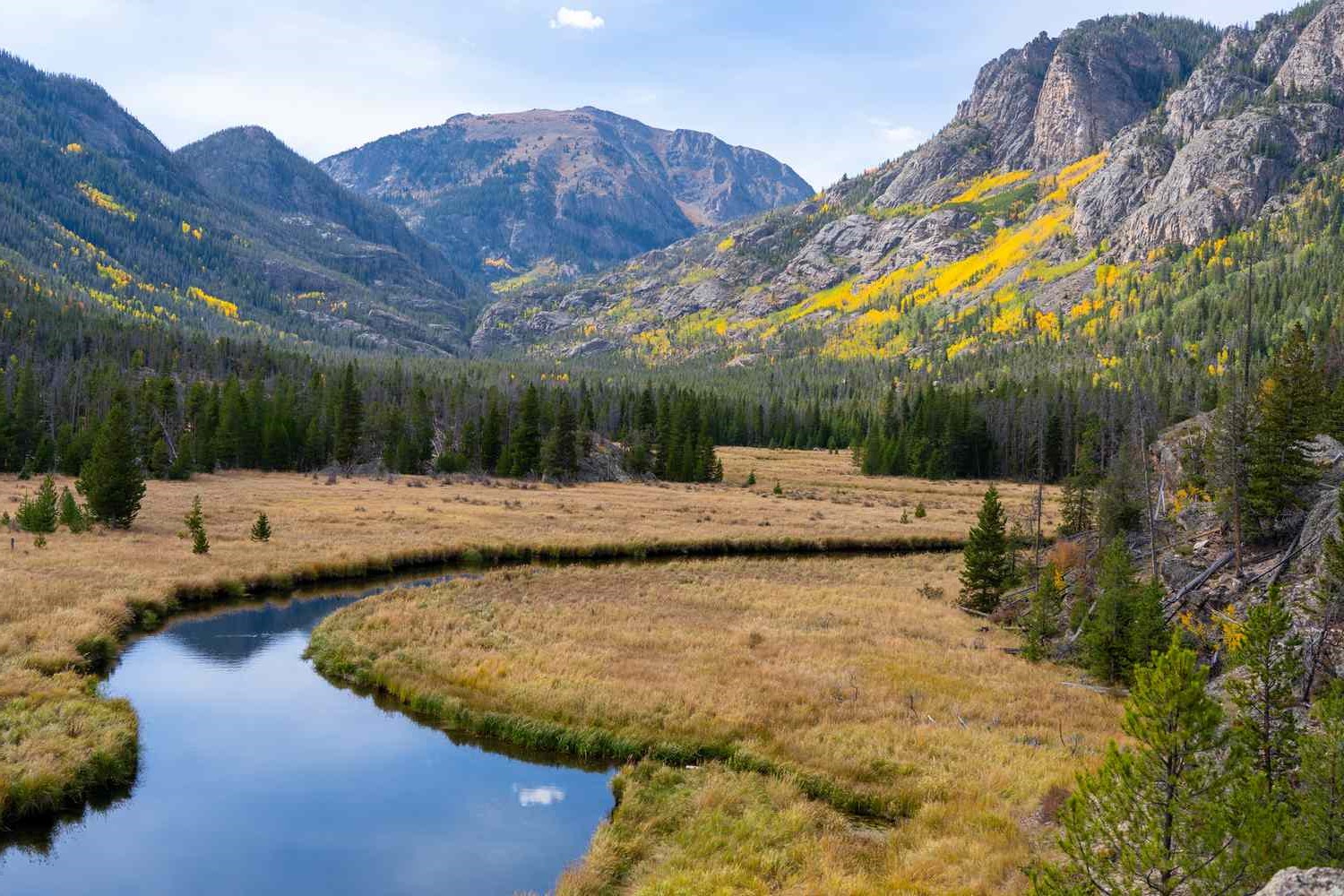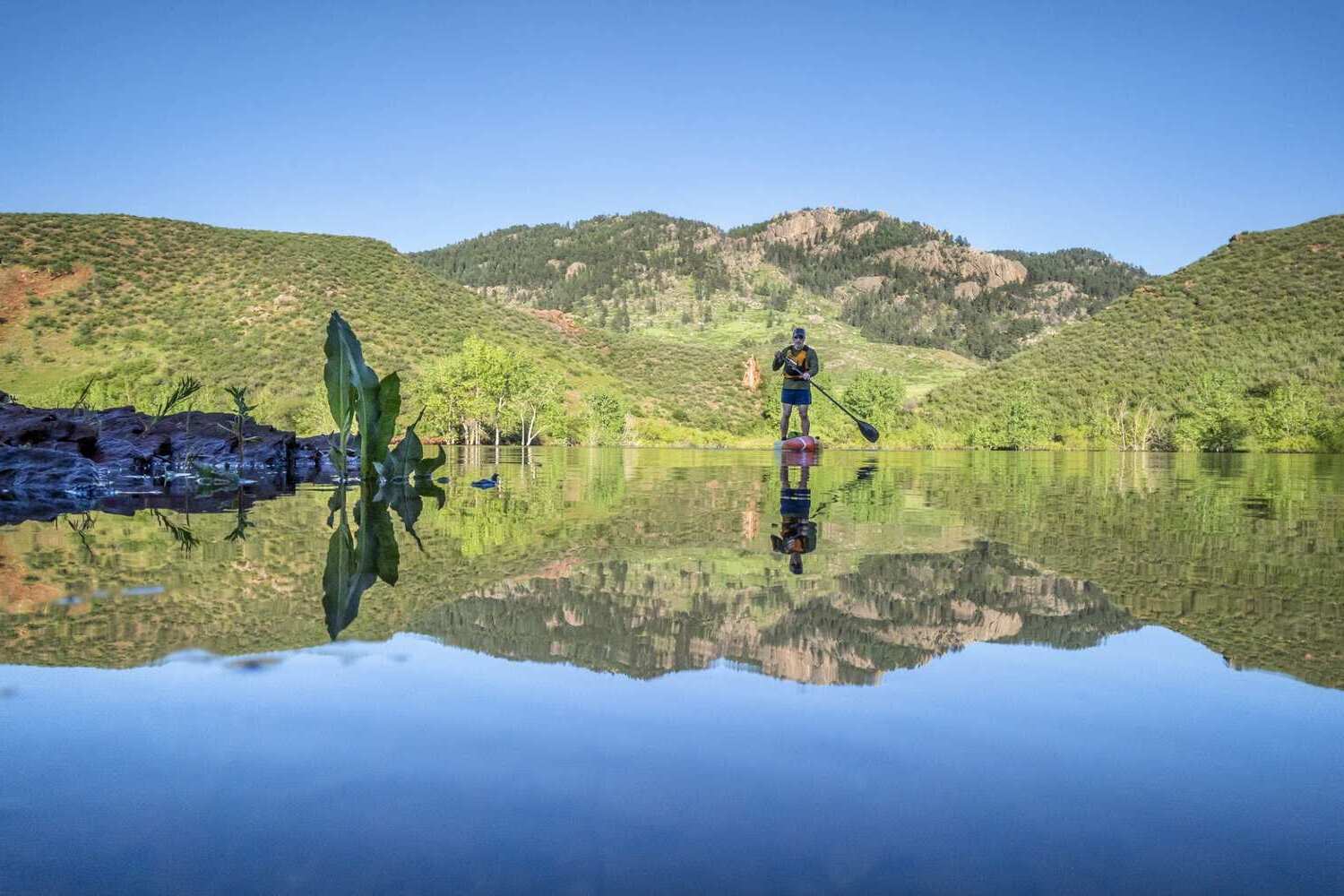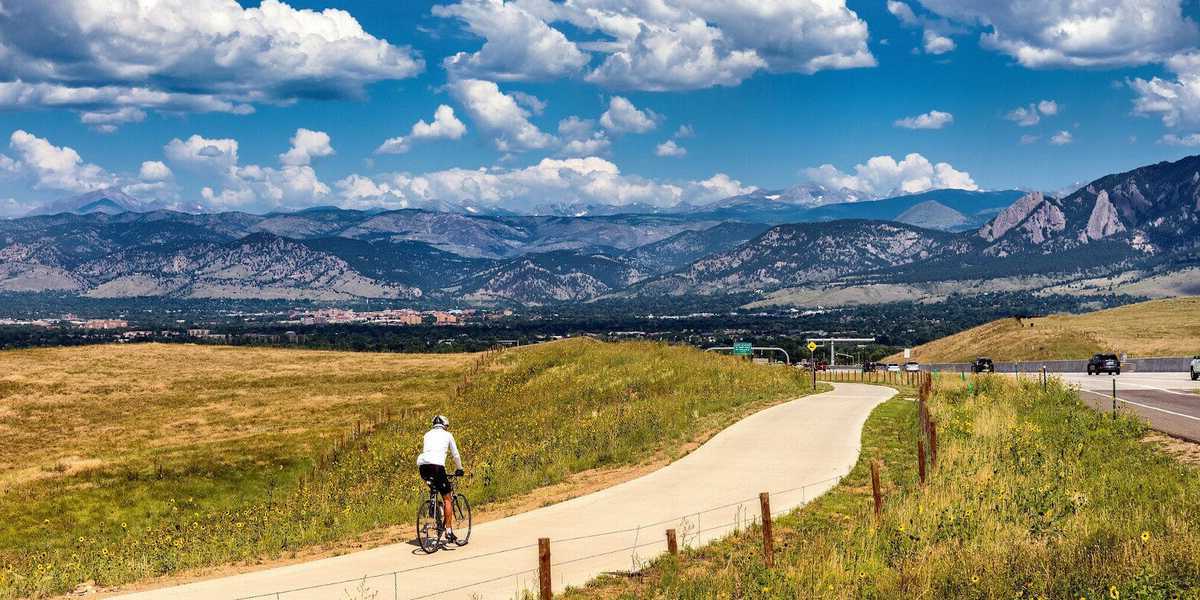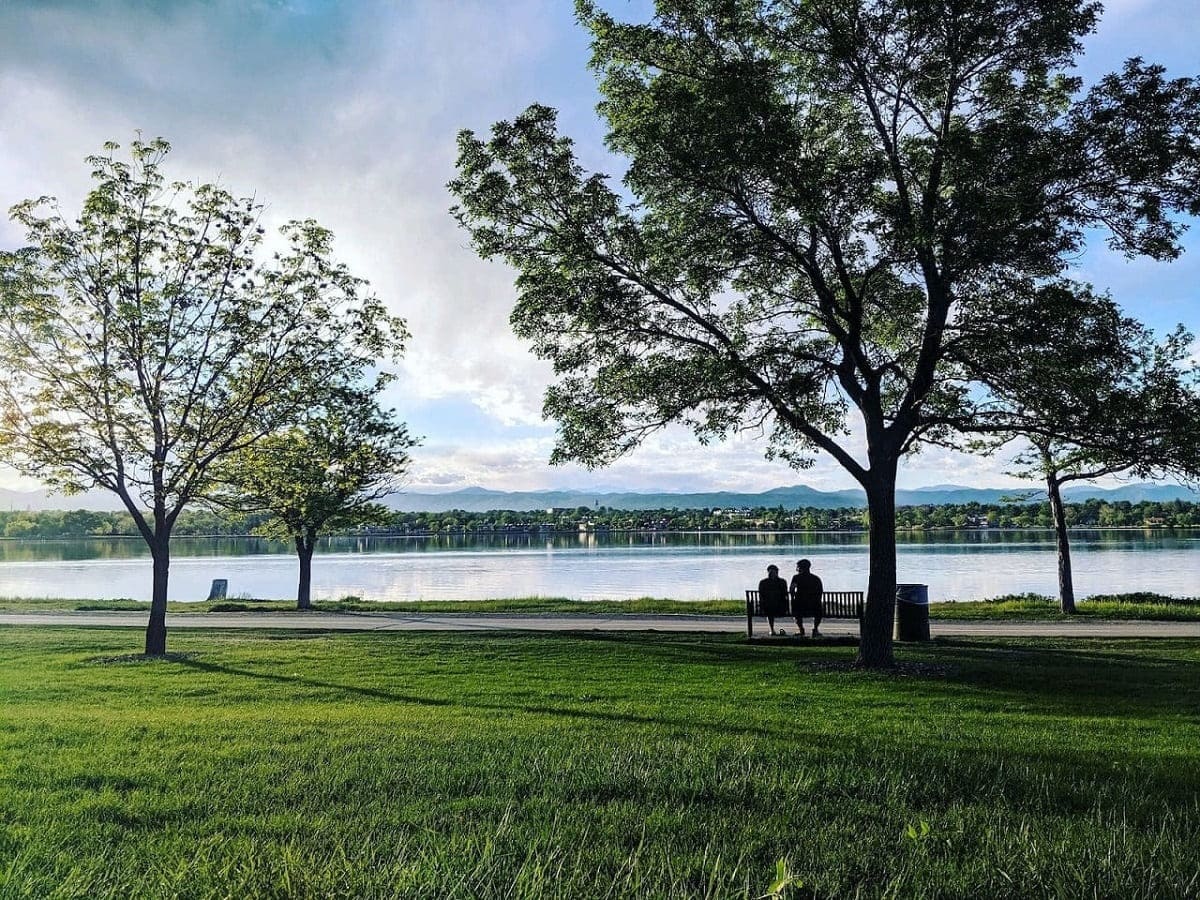Home>Weather and Climate>Exploring Colorado’s Winter Weather Patterns
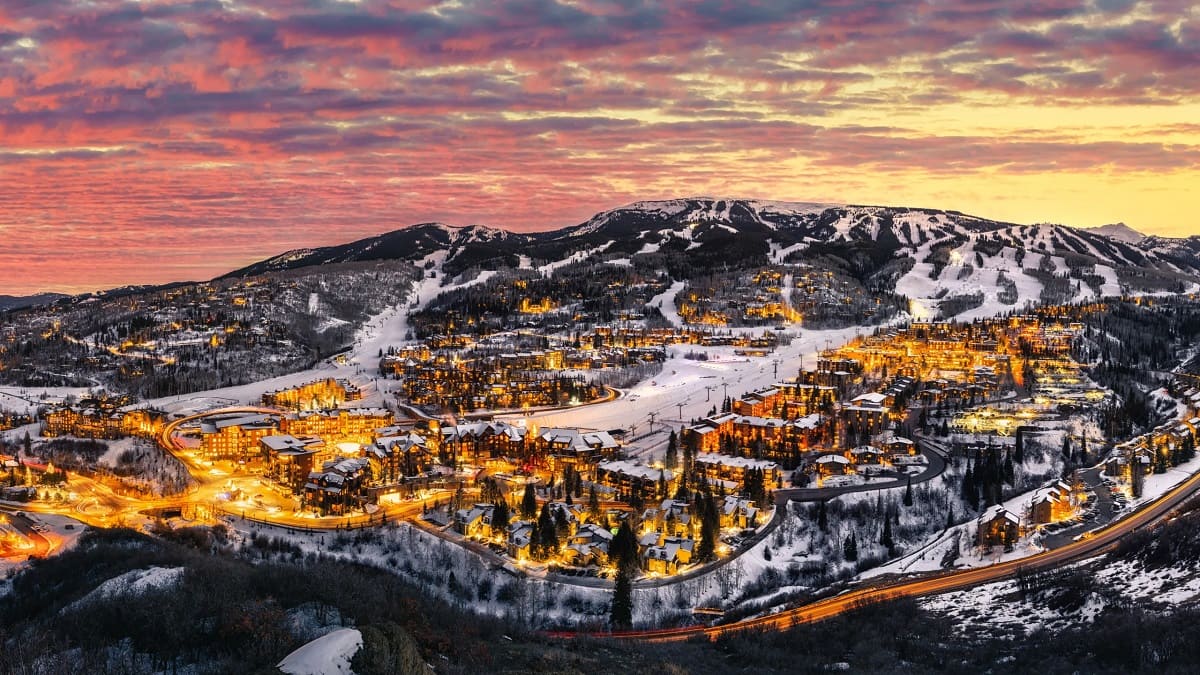

Weather and Climate
Exploring Colorado’s Winter Weather Patterns
Published: March 7, 2024
Discover the diverse winter weather patterns of Colorado and gain insights into its climate. Explore the unique weather phenomena and climate variations in this captivating region.
(Many of the links in this article redirect to a specific reviewed product. Your purchase of these products through affiliate links helps to generate commission for Temperatures.com, at no extra cost. Learn more)
Table of Contents
Understanding Colorado's Climate
Colorado's climate is as diverse as its landscape, encompassing a wide range of weather patterns and conditions. Situated in the heart of the Rocky Mountains, Colorado experiences a unique blend of continental and alpine climates, resulting in distinct seasonal variations. Understanding the intricacies of Colorado's climate is essential for residents, visitors, and outdoor enthusiasts alike.
The state's climate is characterized by its significant temperature differentials, with warm summers and cold winters. This variation is largely influenced by the state's elevation, topography, and proximity to mountain ranges. The eastern plains of Colorado are notably different from the western slope, with the former experiencing a more arid climate due to its distance from the moderating effects of the Pacific Ocean.
Furthermore, Colorado's climate is heavily influenced by its elevation. The state is home to over 50 peaks exceeding 14,000 feet, commonly referred to as "fourteeners." As elevation increases, temperatures tend to decrease, leading to cooler conditions at higher altitudes. This phenomenon contributes to the stark differences in climate between the plains, foothills, and mountainous regions.
The presence of the Continental Divide also plays a pivotal role in shaping Colorado's climate. This geographical feature acts as a barrier, impacting the movement of weather systems and precipitation patterns. As a result, the western slope tends to receive more moisture, while the eastern plains experience drier conditions.
Moreover, Colorado's climate exhibits pronounced seasonality, with distinct changes between winter and summer. Winters in the state are characterized by cold temperatures, frequent snowfall, and inversions, particularly in the mountain valleys. In contrast, summers bring warm days and cool nights, creating an ideal environment for outdoor activities and exploration.
Understanding Colorado's climate entails recognizing the interplay of various factors, including elevation, topography, and regional influences. This comprehensive understanding is crucial for residents and visitors to prepare for and adapt to the diverse weather conditions experienced across the state. Whether navigating the high alpine terrain or exploring the expansive plains, being attuned to Colorado's climate enriches the experience of engaging with its natural beauty and dynamic weather patterns.
The Impact of Elevation on Winter Weather
Elevation plays a pivotal role in shaping Colorado's winter weather, exerting a profound influence on temperature, precipitation, and overall climatic conditions. As one ascends to higher altitudes, the atmospheric pressure decreases, leading to a drop in temperature. This fundamental principle underpins the significant variations in winter weather experienced across different elevations in the state.
At lower elevations, such as the eastern plains and foothills, winter weather tends to be milder compared to the high mountainous regions. The relatively lower elevations are characterized by less extreme temperature fluctuations and reduced snowfall accumulation. In these areas, winter weather patterns often feature cold snaps interspersed with periods of milder conditions, creating a more temperate climate.
In contrast, the high alpine terrain, including the renowned ski resorts nestled in the Rocky Mountains, experiences notably harsher winter weather. The combination of high elevation and mountainous topography results in frigid temperatures, heavy snowfall, and increased wind speeds. These factors contribute to the creation of a winter wonderland, attracting outdoor enthusiasts seeking exhilarating snow sports and breathtaking alpine landscapes.
Moreover, the impact of elevation on winter weather extends beyond temperature and snowfall. It also influences the formation of inversions, a meteorological phenomenon prevalent in mountain valleys. During winter, cold air becomes trapped in these valleys, leading to temperature differentials between the valley floors and higher elevations. This atmospheric condition can result in persistent cold air and fog, affecting visibility and creating distinct microclimates within the mountainous terrain.
Understanding the impact of elevation on winter weather is essential for residents, travelers, and outdoor adventurers navigating Colorado's diverse landscapes. Whether exploring the lower elevations or venturing into the high alpine regions, being cognizant of the elevation's influence enhances preparedness and fosters a deeper appreciation for the dynamic winter weather experienced throughout the state.
Snowfall Patterns in Colorado
Snowfall patterns in Colorado exhibit remarkable diversity, influenced by a myriad of factors including elevation, topography, and regional climatic variations. The state's renowned reputation for abundant snowfall is intricately linked to its unique geographical features and dynamic atmospheric conditions.
Elevation plays a pivotal role in shaping snowfall patterns across Colorado. As elevation increases, temperatures decrease, fostering an environment conducive to snow formation and accumulation. The high alpine regions, including the Rocky Mountains and their towering peaks, receive substantial snowfall, creating a winter wonderland that attracts skiers, snowboarders, and winter enthusiasts from around the world. The deep snowpack in these areas not only sustains winter recreational activities but also contributes to vital water resources during the subsequent spring and summer months.
Furthermore, the influence of topography on snowfall patterns is evident in the stark contrasts between the western and eastern regions of the state. The western slope, characterized by its mountainous terrain and proximity to the Pacific Ocean, experiences enhanced snowfall due to orographic lifting. As moisture-laden air is forced to ascend over the mountains, it cools and condenses, resulting in increased snowfall on the windward side of the ranges. In contrast, the eastern plains, shielded from the moderating effects of the Pacific Ocean, receive comparatively lower snowfall, with the winter precipitation often manifesting as light, powdery snow.
Colorado's snowfall patterns also exhibit variability across different regions and microclimates. The San Juan Mountains in the southwestern part of the state, for instance, are renowned for their prodigious snowfall, fostering a thriving winter sports industry. In contrast, the southeastern plains experience more sporadic and lighter snowfall, reflecting the influence of the state's diverse climatic zones.
Moreover, the timing and duration of snowfall contribute to the intricate tapestry of Colorado's winter landscape. Early season snowfall blankets the high country, setting the stage for winter recreational activities and establishing a vital snowpack that sustains ecosystems and water resources. Late-season snowfall, often accompanied by spring storms, adds to the cumulative snowpack, impacting water availability and ecological processes.
Understanding the multifaceted snowfall patterns in Colorado is essential for residents, travelers, and outdoor enthusiasts. Whether reveling in the winter wonderland of the high alpine regions or navigating the more temperate snowfall in the foothills, being attuned to the diverse snowfall patterns enriches the experience of engaging with Colorado's captivating winter environment.
Chinook Winds and Winter Temperature Swings
Chinook winds, often referred to as the "snow-eater" winds, exert a profound influence on winter temperature swings in Colorado, contributing to dramatic fluctuations in atmospheric conditions. These warm, dry winds originate from the Pacific Ocean and gain momentum as they descend the eastern slopes of the Rocky Mountains, generating notable changes in temperature and snowmelt patterns across the region.
During the winter months, Colorado experiences the impact of Chinook winds, which can lead to rapid and substantial increases in temperature. As these winds descend from the mountains, they undergo compression, causing adiabatic heating. This process results in a remarkable rise in temperatures, often leading to the rapid melting of snow and ice. The effects of Chinook winds are particularly pronounced in areas such as Boulder and Denver, where residents may witness a swift transition from wintry conditions to unseasonably warm weather within a matter of hours.
The influence of Chinook winds extends beyond temperature fluctuations, as they also play a pivotal role in shaping winter precipitation patterns. As the warm, downsloping winds interact with the existing snowpack, they can accelerate the melting process, leading to the rapid disappearance of accumulated snow. This phenomenon not only impacts local ecosystems but also contributes to the modulation of water resources, influencing streamflow and water availability during the winter and early spring months.
Moreover, the occurrence of Chinook winds introduces a dynamic element to Colorado's winter climate, creating a juxtaposition of wintry landscapes and fleeting periods of warmth. This interplay between cold and warm air masses contributes to the unique character of winter in the state, fostering an environment where residents and outdoor enthusiasts must adapt to rapid shifts in weather conditions.
The impact of Chinook winds on winter temperature swings underscores the dynamic nature of Colorado's climate, highlighting the intricate balance between cold, snowy periods and sudden bursts of warmth. Understanding and appreciating the influence of these winds enriches the experience of engaging with Colorado's winter environment, offering a glimpse into the captivating interplay of natural forces that shape the state's seasonal transitions.
The Influence of Pacific Storms on Colorado's Winter Weather
The influence of Pacific storms on Colorado's winter weather is a significant factor that shapes the state's climatic conditions, particularly during the colder months. These weather systems, originating from the Pacific Ocean, carry moisture-laden air that interacts with the diverse topography of Colorado, contributing to varied precipitation patterns and atmospheric dynamics.
As Pacific storms traverse the western United States, they encounter the formidable barrier of the Rocky Mountains, triggering a series of meteorological phenomena that profoundly impact Colorado's winter weather. The interaction between these moisture-laden systems and the mountainous terrain leads to the enhancement of precipitation, particularly on the windward side of the ranges. This phenomenon, known as orographic lifting, results in increased snowfall in the high alpine regions and the western slope of the state. The mountains act as a catalyst for the condensation of moisture, leading to the formation of substantial snowpack that sustains ecosystems and water resources throughout the winter and into the subsequent seasons.
Furthermore, the influence of Pacific storms extends beyond snowfall accumulation, as these weather systems contribute to the overall moisture balance and hydrological cycles in Colorado. The precipitation derived from Pacific storms plays a crucial role in replenishing snowpack, which serves as a vital water resource for the state's rivers, reservoirs, and agricultural needs. The timing and intensity of these storms can significantly impact water availability, influencing everything from winter sports conditions to springtime river flows and ecological processes.
Moreover, the interaction between Pacific storms and Colorado's diverse topography results in spatial variability in winter precipitation patterns. The San Juan Mountains in the southwestern part of the state, for example, often receive substantial snowfall due to their exposure to moisture-laden Pacific storms, fostering a thriving winter sports industry and contributing to the region's unique winter environment. In contrast, the eastern plains, shielded from the direct impact of these weather systems, experience comparatively lower snowfall, reflecting the complex interplay of regional climatic influences.
Understanding the influence of Pacific storms on Colorado's winter weather is essential for residents, travelers, and outdoor enthusiasts. It provides valuable insights into the dynamic interplay between atmospheric processes and geographical features, enriching the appreciation of the state's diverse winter climate. By recognizing the impact of these weather systems, individuals can better prepare for and adapt to the varied winter conditions experienced across Colorado, fostering a deeper connection to the natural forces that shape the state's seasonal weather patterns.
